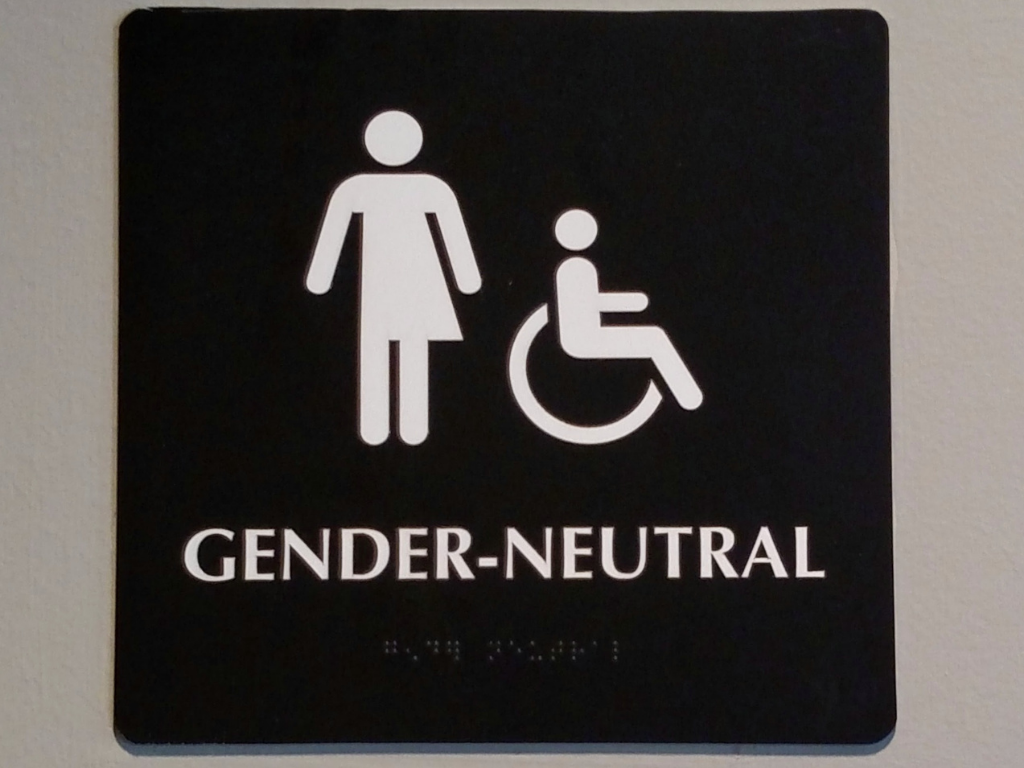
In the current candidate-driven job market, it’s more important than ever to create and maintain an inclusive workplace. Not only is this for attracting the right talent, but retaining it too.
Having a comprehensive equality, diversity and inclusion policy will help you do just that, along with avoiding costly and laborious discrimination claims.
LGBT Inclusion Policies
Through the Equality Act 2010, employees are protected from nine protected characteristics: race, age, sex, disability, gender reassignment, marriage and civil partnership, pregnancy and maternity, religion and sexual orientation.
Although covered in the Act, the unique challenges LGBT people face at work is not always recognised. Creating a specific LGBT inclusion policy helps to reinforce fair treatment and recognises the work that must be done to create an inclusive workplace.
The policy should set out a clear commitment to supporting all LGBT people, providing information about dress codes, anti-discrimination and harassment, transitioning policies, facilities, safe spaces, information on language and terminology, as well as committing to confidentiality and data protection.
Using pronouns to create an inclusive workplace
Introducing yourself with your name and pronouns when you meet a new person is a great habit to adopt. It allows you to let the other person know how you identify and gives them the opportunity to do so as well. This creates a safe space where identities are respected and the chances of misgendering is reduced.
This can also be extended to using pronouns in email signatures, intranet names and video calling software.
Educational pieces
In many workplaces, steps towards equality, diversity and inclusion may come with some hostility. Providing informational pieces on why changes are being made will help all staff understand the importance of the changes and should make the transition smoother and easier.
It is also a great idea to celebrate LGBT and minority campaigns on social media and internally within the workplace. Publically supporting these campaigns will send a positive message that you are an inclusive workplace where minority voices are heard and discrimination is not tolerated.
Accessibility
Workplaces should consider how accessible they are to different groups of people. Many disabled people continue to face difficulties when applying for jobs and using office spaces.
Make sure to offer reasonable adjustments in application forms and make note of how accessible your office building is. For example, consider implementing lifts, handrails and looking at the type of equipment and services you provide.
Failing to make these reasonable adjustments will lose you top quality candidates and put you at risk of discrimination claims.
Recruitment and monitoring
Whether you are a new or well-established firm, it is good practice to review your recruitment and monitoring procedures.
Take note of the terminology used on forms and remove any gendered language. Ensure you are advertising widely for new staff and add an equal opportunities monitoring form to all new starter packs.
This equal opportunities monitoring form should ask questions about the 9 protected characteristics but also give an option for participants to tick ‘prefer not to say’. It is also useful to ask all current employees to fill in the form once a year as individual circumstances do change.
Safe spaces
A safe space is a place minority groups can gather to support one another and discuss their experiences. Setting up a safe space in your workplace allows these groups to have their voices heard, free from bias, workplace discrimination, conflict or criticism.
Try setting up an Equality, Diversity and Inclusion Committee to discuss current and future initiatives and other ways of creating a more inclusive workplace.
Expert Advice for an inclusive workplace
Seeking legal advice from experts in Employment and HR will ensure you create and maintain an inclusive workplace. From drawing up an equality, diversity and inclusion policy to looking at the accessibility of your building, they will ensure your workplace meets all necessary requirements and cover all aspects of the Equality Act 2010.
Get in touch today by giving us a ring on 0161 969 3131 or filling in this contact form.